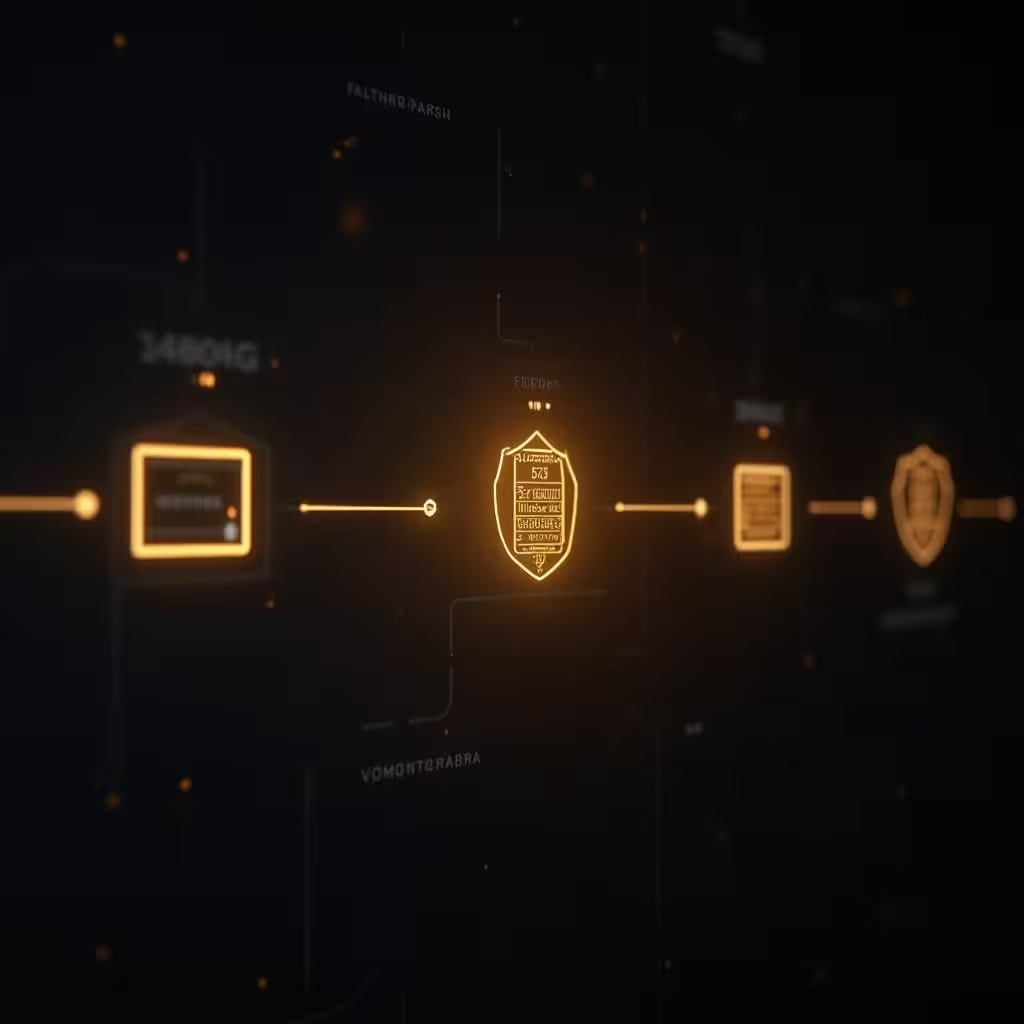For the Chief Information Security Officer
Each autonomous agent is a new, persistent, and highly capable potential attacker on your network. Corvair.ai provides preventative controls that operate at machine speed, allowing you to neutralize the threat of Cumulative Operational Authority and defend against a new class of AI-native attacks.



